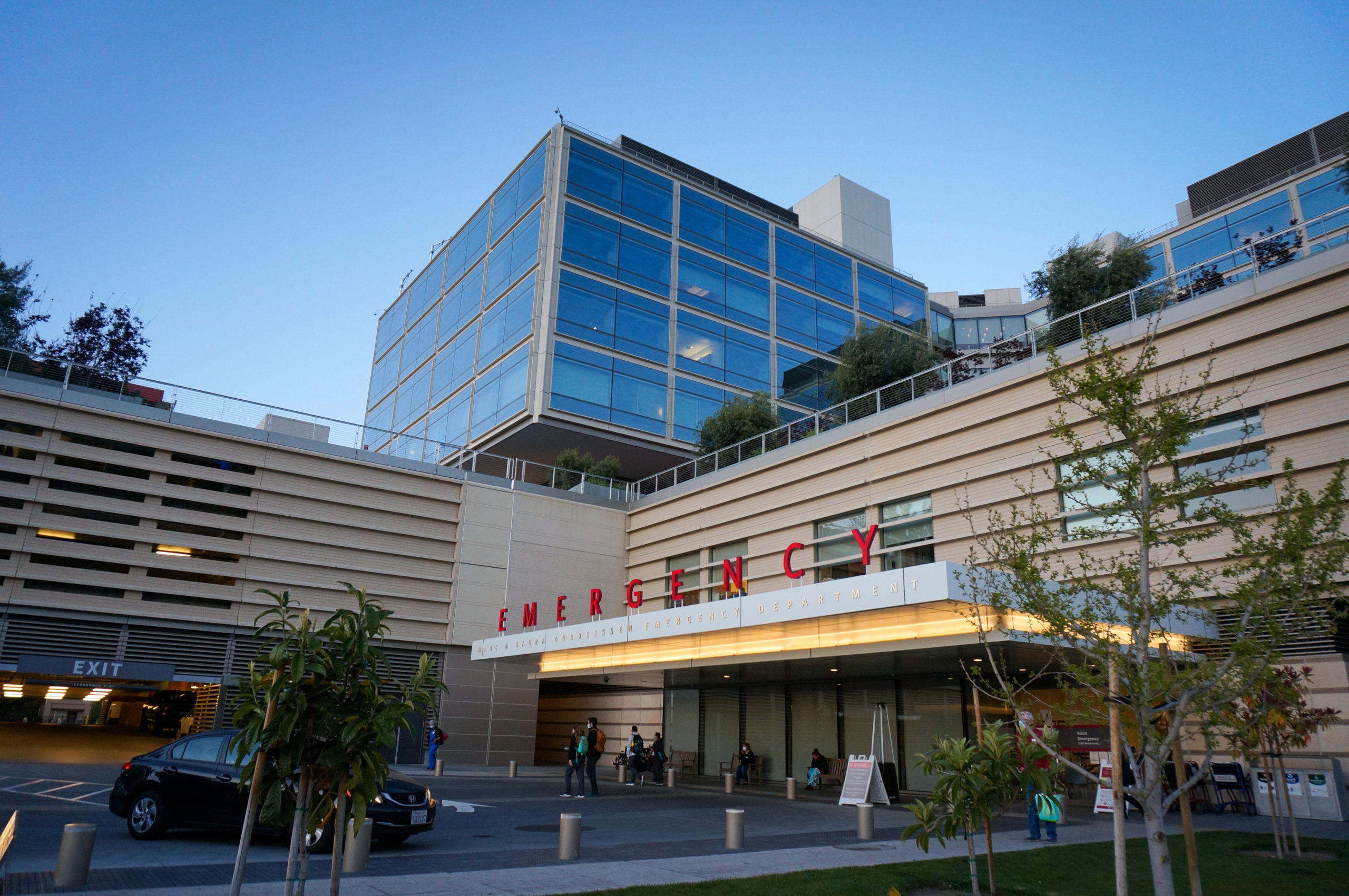Three years after COVID-19 first triggered a series of global lockdowns, Stanford has, over the past several months, gradually lifted the majority of its COVID-19 restrictions, most notably in classrooms and communal spaces. Crediting low case counts on and around campus, masks are now only “strongly recommended” in classroom spaces. However, as much of the Stanford community returns to pre-pandemic behaviors — even amidst the virus’s continued spread — a subset of students and community members continue to experience the lasting effects of COVID-19 in the form of long COVID.
According to the CDC’s website, long COVID, also known as post-COVID conditions, is “a wide range of new, returning, or ongoing health problems that people experience after being infected with the virus that causes COVID-19.” Common long COVID symptoms include shortness of breath, fatigue, cough, chest pain, brain fog and headaches, among others.
While research from the Centers for Disease Control and Prevention (CDC) suggests that COVID-19 is less likely to lead to hospitalization or death in young adults aged 18 to 29 than in older populations, simple recovery from the initial illness is still not guaranteed.
All individuals who contract COVID-19 face the risk of developing long COVID regardless of age, health status or other factors. In fact, estimates suggest that one in five people who become infected with COVID-19 develop long COVID.
Clinical Assistant Professor of Medicine Linda Geng is the co-director of Stanford Healthcare’s Post-Acute COVID-19 Syndrome Clinic (PACS), which opened in 2021 to treat patients suffering from long COVID.
According to Geng, “80% of people who come to our clinic with long COVID — and usually with very severe symptoms — have not been hospitalized [and] did not have severe initial COVID infections.” She emphasized that immunocompromised individuals are not the only people at risk for developing long COVID and that many of her patients are “young, healthy people.”
Among students, one of the most common long COVID symptoms Geng sees is “brain fog and cognitive issues,” which can have significant effects on daily functioning and academic performance.
Although she experienced only mild symptoms during the acute stage of COVID-19 infection, Chloe Hughes ’26 suffered from brain fog, shortness of breath and “feeling really cold” for a couple of months after initial illness with COVID-19.
“I didn’t know what long COVID was,” she said. “I went to the doctor’s the morning after I ran for the first time after getting sick, and I realized that I could only run for a few minutes, and I got winded. [The doctor] said I had long COVID and told me to wait it out.”
“It was a scary experience. I didn’t know if I’d be able to exercise normally again,” she added.
Chhavi Nahata ’26 also reported long COVID symptoms, which lasted for a couple of months. However, her experience differed from Hughes’ in that it entailed severe heartburn and irregular menstruation.
“The [heartburn] was so severe I couldn’t walk or move,” she explained. “It would just exhaust me because the stomach pain was so severe, and then all my energy would get drained.”
Long COVID’s impact on individuals’ ability to engage in normal functioning and regular day-to-day activities can also take a toll on their mental health and overall sense of wellbeing.
According to Geng, many people suffering from long COVID, unable to work, have lost their jobs. Still others have been rendered unable to participate in social or recreational activities important to them, such as sports and hobbies.
Explaining how she was unable to exercise throughout the duration of her post-COVID symptoms, Hughes said, “It had a bit of a toll on me mental health-wise. I was disappointed I was starting from zero, since I was planning on working out so I could be more fit for college.”
The University has resources and programs in place for students experiencing long COVID.
In a statement to The Daily, the University confirmed that long COVID qualifies as a disability under the Americans with Disabilities Act (ADA) and Section 504. The University has been “provided [with] guidance… for accommodating community members living with this condition.”
These accommodations may include “individualized assessments of their disability experiences, identification of reasonable accommodations, and access to assistive technology and support services.”
For care and accommodations related to long COVID or to seek diagnosis, students should register with the Office of Accessible Education.
For individuals who do not have long COVID, the question arises: what can one do to avoid developing the condition?
Getting vaccinated can help. Research from the CDC suggests that vaccinated individuals are less likely to develop long COVID symptoms than those who are unvaccinated.
Ultimately, the most foolproof way to avoid developing long COVID is by avoiding contracting the virus altogether. According to the CDC’s website, prevention actions include increasing ventilation in indoor spaces, social distancing and wearing a high-quality, well-fitted mask.
COVID-19 and long COVID are here to stay, at least for now. Geng encourages students experiencing long COVID-like symptoms to seek evaluation by their primary care physician in order to ensure they receive proper treatment, as well as to ask for a referral to a long COVID clinic such as PACS for more specialized care.
“Being able to listen to your body and be attuned… especially if you’ve recently had a COVID infection and you feel like you haven’t gone completely back to normal,” is important for recovery, regardless of one’s age or medical history, Geng said. “Long COVID can really impact anybody.”
